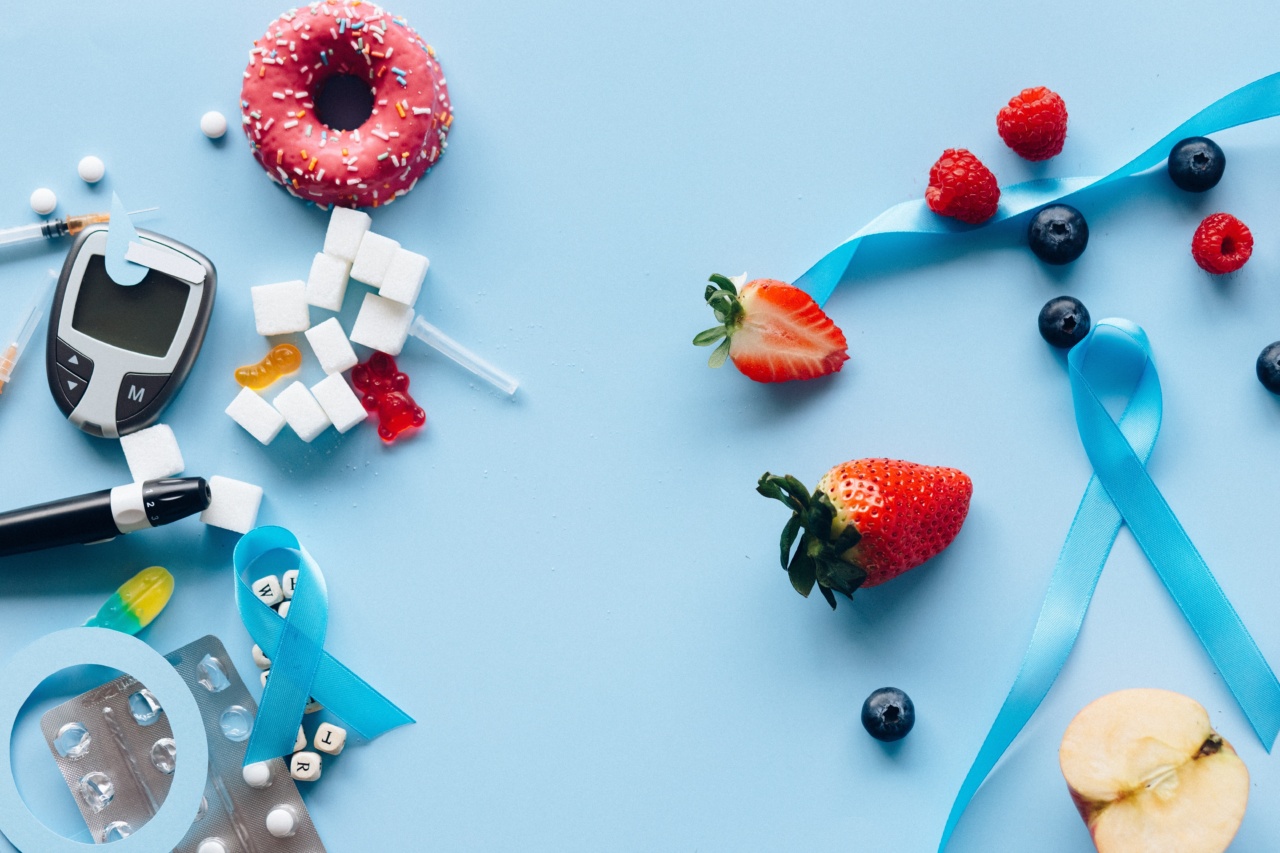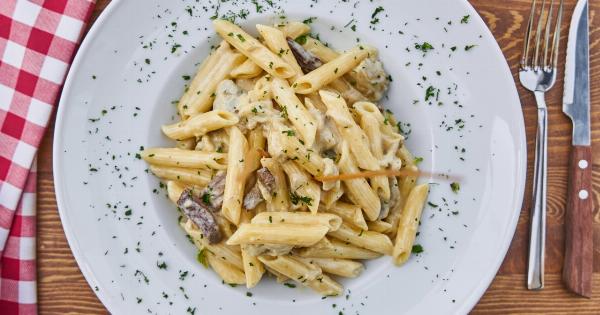Heart disease and diabetes are two of the leading causes of death in the world. The good news is that both conditions can be prevented or managed through lifestyle changes, including a healthy diet.
One of the most important aspects of a healthy diet is ensuring a proper calorie intake. In this article, we will explore the healthy calorie intake for heart and diabetes prevention.
What are calories?
Calories are a unit of measurement used to express the energy content of food and drinks. The number of calories in a food or drink is determined by the amount of energy that is released when it is metabolized by the body.
This energy is used to fuel our body’s functions, from breathing and circulation to physical activity and digestion.
How many calories should you eat?
The number of calories you need to eat each day depends on a variety of factors, including your age, gender, body weight, height, and activity level. Generally, men need more calories than women, and young people need more calories than older people.
While average calorie intake varies from person to person, the recommended daily calorie intake for an adult is around 2,000 to 2,500 calories.
What are healthy sources of calories?
The type of calories you consume is just as important as the number of calories you consume. Healthy sources of calories are nutrient-dense foods that provide a high level of essential vitamins, minerals, and antioxidants.
These foods are typically low in saturated and trans fats, sodium, and added sugars. Examples of healthy sources of calories include:.
- Fruits and vegetables
- Whole grains
- Lean proteins like chicken, fish, tofu, and beans
- Low-fat dairy products
- Healthy fats like olive oil, nuts, and seeds
What foods should you avoid?
While healthy sources of calories are important, it’s just as important to know what foods to avoid. The following foods are nutrient-poor and high in calories, and should be consumed in moderation:.
- Sugary drinks like soda and juice
- Processed snacks like chips and cookies
- Fast food and fried foods
- Red meats like beef, pork, and lamb
- Highly processed and refined grains like white bread and pasta
Calories and Heart Disease
Eating a diet high in healthy sources of calories has been shown to reduce the risk of developing heart disease.
A diet rich in fruits and vegetables, whole grains, lean proteins, and healthy fats can help lower blood pressure and cholesterol levels, reduce inflammation, and improve overall heart health.
In contrast, a diet high in unhealthy sources of calories, like added sugars, saturated and trans fats, and sodium, can increase the risk of heart disease.
Consuming too many calories from these unhealthy sources can lead to weight gain, high blood pressure, and elevated cholesterol levels.
Calories and Diabetes
For individuals with diabetes, managing calorie intake is crucial. Consuming too many calories can lead to weight gain and obesity, which are risk factors for developing type 2 diabetes.
Additionally, consuming too many carbohydrates, which are converted into glucose in the body, can lead to high blood sugar levels and aggravate diabetes symptoms.
A balanced diet that is rich in healthy sources of calories can help individuals with diabetes control their blood sugar levels and maintain a healthy weight.
Foods that are high in fiber, protein, and healthy fats can promote satiety and keep blood sugar levels stable.
Conclusion
A healthy diet that is balanced in calories and filled with nutrient-dense foods is important for overall health, as well as the prevention and management of heart disease and diabetes.
By focusing on healthy sources of calories, and avoiding unhealthy sources, individuals can improve their overall health and reduce their risk of developing these chronic conditions.



























